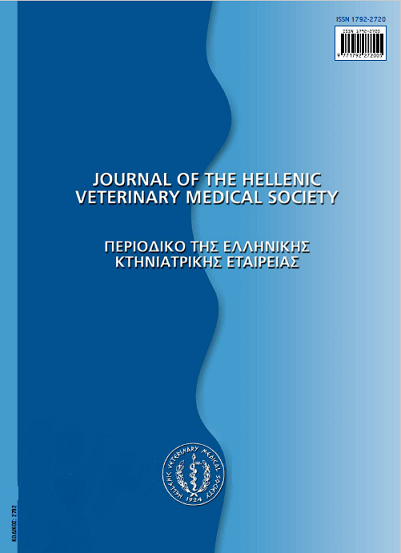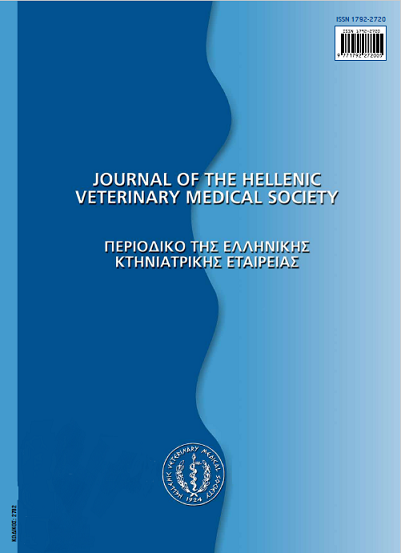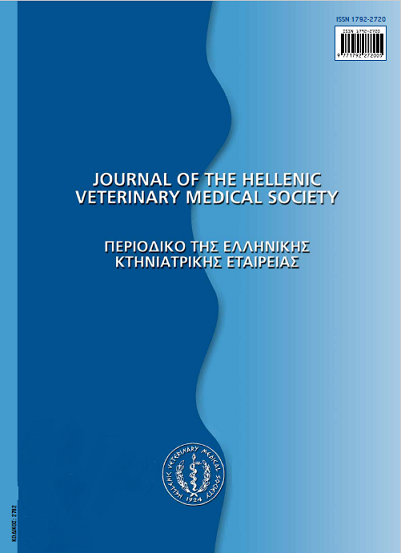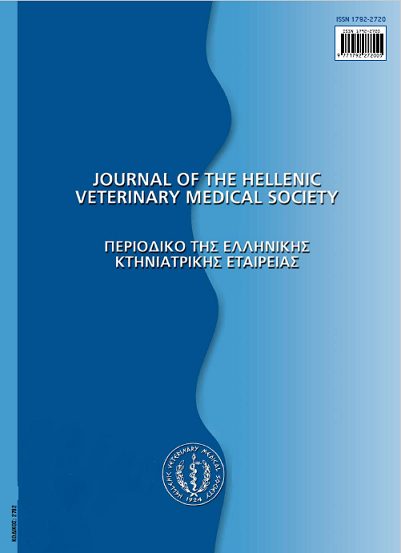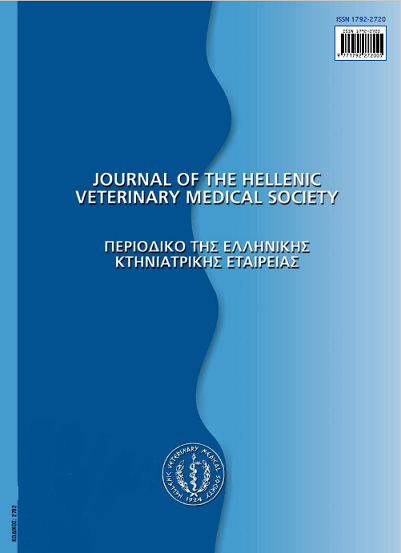Glucose measurement using portable blood glucose meters in dogs and cats
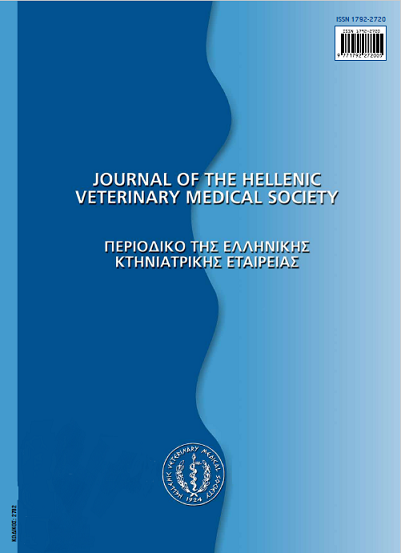
Abstract
Portable blood glucose meters (PBGMs) are small electronic devices that measure the concentration of glucose in whole blood. Due to the technological advances, measurement of glucose concentration is carried out in a small blood volume, and it is a relatively simple, quick and inexpensive procedure. PBGMs are frequently used in companion animal medicine, especially for the diagnosis and treatment monitoring of dogs and cats with diabetes mellitus and hypoglycaemia. The main factors affecting the precision of the measurement include: a) the device (manufacturer), the consumables (reagent strips) and their storage conditions; b) environmental conditions (temperature and possibly altitude); c) blood collection technique (site of sampling, cleanliness at the site of sampling, use of anticoagulants); d) patient factors (haematocrit, blood triglycerides, creatinine, uric acid and protein concentrations, drug administration); and, e) operator errors. Due to all these factors, readings of glucose concentration by PBGMs may differ from those of chemistry analysers, and this should be taken into account when shifting from one method to the other. Furthermore, because the results depend on the PBGM, the same device should be used and all measurements should be made under the same environmental conditions and using the same blood sampling technique for serial measurements of blood glucose to be comparable. Finally, all the above mentioned limitations of glucose measurement by PBGMs should be taken into consideration and the results should be interpreted along with the clinical signs and any other laboratory findings for optimal diagnostic and therapeutic decisions.
Article Details
- How to Cite
-
ATHANASIOU (Λ.Β. ΑΘΑΝΑΣΙΟΥ) L. V., TSOKANA (ΤΣΟΚΑΝΑ Κ.Ν.) C. N., & SARIDOMICHELAKIS (Μ. ΣΑΡΙΔΟΜΙΧΕΛΑΚΗΣ) M. N. (2017). Glucose measurement using portable blood glucose meters in dogs and cats. Journal of the Hellenic Veterinary Medical Society, 65(4), 273–288. https://doi.org/10.12681/jhvms.15576
- Issue
- Vol. 65 No. 4 (2014)
- Section
- Review Articles
Authors who publish with this journal agree to the following terms:
· Authors retain copyright and grant the journal right of first publication with the work simultaneously licensed under a Creative Commons Attribution Non-Commercial License that allows others to share the work with an acknowledgement of the work's authorship and initial publication in this journal.
· Authors are able to enter into separate, additional contractual arrangements for the non-exclusive distribution of the journal's published version of the work (e.g. post it to an institutional repository or publish it in a book), with an acknowledgement of its initial publication in this journal.
· Authors are permitted and encouraged to post their work online (preferably in institutional repositories or on their website) prior to and during the submission process, as it can lead to productive exchanges, as well as earlier and greater citation of published work.



